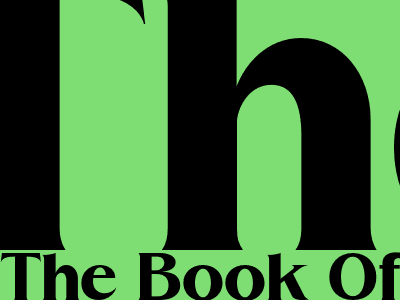The Book of Clarence: A Comprehensive Guide to the Lost Book of Mormon
Introduction
The Book of Clarence is a lost book of scripture that was allegedly written by Clarence L. Folkman, a member of the Church of Jesus Christ of Latter-day Saints (LDS Church). This mysterious book has been the subject of much speculation and controversy over the years, with some claiming that it contains hidden truths about the LDS Church's history and doctrines.
Discovery, Authenticity, and Content
The Book of Clarence was reportedly discovered in 1980 by Folkman's son and was passed down through his family until 2015, when researchers at Brigham Young University gained access to it. The book itself is handwritten, with over 240 pages filled with text, drawings, and diagrams. The authenticity of the Book of Clarence is a subject of debate. The LDS Church has stated that the book is not part of its standard works or canonized scripture, but some members believe that it contains valuable insights into the history and teachings of the church. The content of the Book of Clarence is a mix of historical accounts, theological teachings, and personal reflections. Folkman claims to have received the text through divine inspiration, and he presents himself as a seer and prophet.
Key Teachings and Interpretations
The Book of Clarence contains a number of teachings that deviate from the standard doctrines of the LDS Church. For example, Folkman argues that the Book of Mormon is not an entirely historical text but rather a combination of history, allegory, and symbolism. He also suggests that the church's leaders are not always infallible and that the church itself is in need of reform. These teachings have drawn criticism from some LDS Church members, who view them as heretical and inconsistent with the official teachings of the church. However, others find Folkman's insights to be valuable and thought-provoking, and they believe that the book raises important questions about the nature of religious authority and the role of scripture.
Controversy and Cultural Impact
The Book of Clarence has been the subject of much controversy since its discovery. Some members of the LDS Church have condemned it as a work of fiction and denounced Folkman as a false prophet. Others have embraced it as a valuable source of alternative perspectives on LDS Church history and doctrine. The book has also had a significant cultural impact, inspiring works of fiction, documentaries, and academic studies. It has become a symbol of the ongoing debate within the LDS Church over the nature of scripture and the authority of church leaders.
Influence on LDS Church and Mormon Culture
The Book of Clarence has had a complex and multifaceted influence on the LDS Church and Mormon culture. Some members view it as a dangerous and heretical text, while others see it as a valuable source of alternative perspectives. The book has sparked discussions about the nature of religious authority, the role of scripture, and the limits of church loyalty. It has also had a significant impact on Mormon literature and popular culture. The book has been featured in novels, films, and television shows, and it has inspired works of art, music, and theater.
Conclusion
The Book of Clarence is a fascinating and enigmatic text that has sparked controversy and debate within the LDS Church and beyond. Its teachings offer a unique perspective on Mormon history and doctrine, and its impact on Mormon culture is undeniable. Whether one believes it to be genuine scripture or a work of fiction, the Book of Clarence remains a valuable source of insights and a reminder of the ongoing dialogue within the LDS Church about the nature of faith and the role of scripture.

The Book Of Clarence
Comments